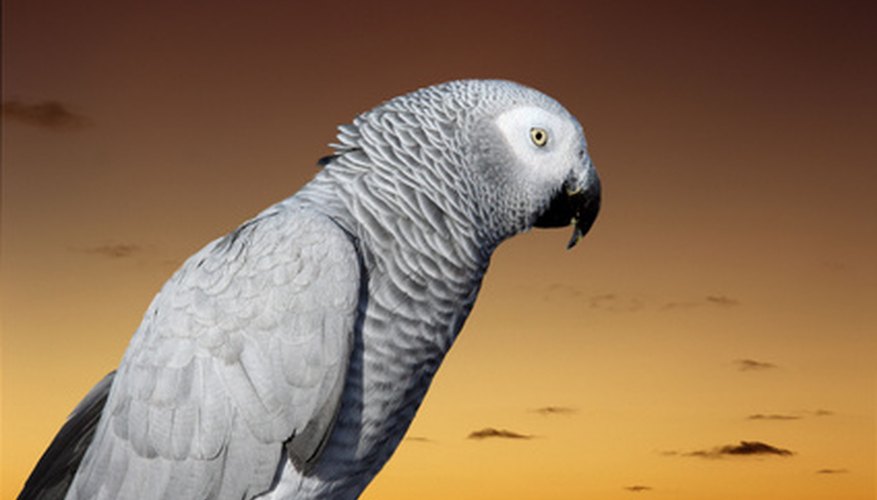Because pet birds use their beaks to play and climb inside their cages, the finish of your bird's cage will chip at some point in your bird's life. Choosing the right paint is important since your pet will be placing its mouth on the paint and your bird may ingest some if the paint chips. When refinishing your bird's cage, look for a paint that says it is nursery safe. These paints are water-based with low volatile organic compounds making them safer for birds than traditional paint. To make the paint last as long as possible, apply it correctly.
- Because pet birds use their beaks to play and climb inside their cages, the finish of your bird's cage will chip at some point in your bird's life.
- Choosing the right paint is important since your pet will be placing its mouth on the paint and your bird may ingest some if the paint chips.
Move your bird, its toys and its food into an alternative cage. The painting process takes at least 48 hours and your bird should not be exposed to the fumes and dust during this project.
Move the cage to be painted to a well-ventilated area. Put on the dust mask. Sand the areas of the cage you want to paint.
- Move the cage to be painted to a well-ventilated area.
- Sand the areas of the cage you want to paint.
Vacuum up as much of the dust produced from the sanding. Wipe down the cage with a rag dampened with the white vinegar.
Shake the paint can well or open the can and stir the paint to mix it thoroughly. Apply the paint with the brush. Allow the paint to dry.
Apply a second coat if any areas appear thinly covered. Allow the paint to dry for 48 hours before placing your bird in the newly painted cage.
TIP
If you are painting an entire cage, consider renting a spray applicator to achieve more even coverage. Avoid painting the bars of your bird's cage if possible. The bird is more likely to ingest paint chipped from the bars of its cage and even nursery-safe paint isn't something your bird should be eating.
WARNING
Do not paint or sand in the same room your bird is in. The fumes and dust are harmful to your pet.
